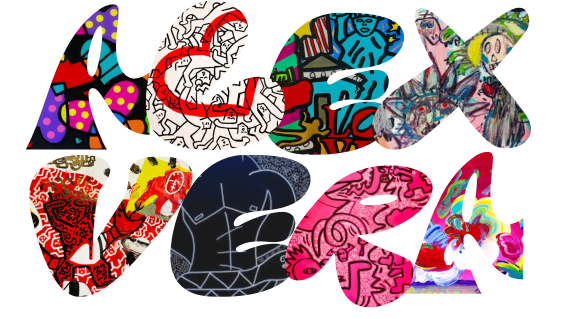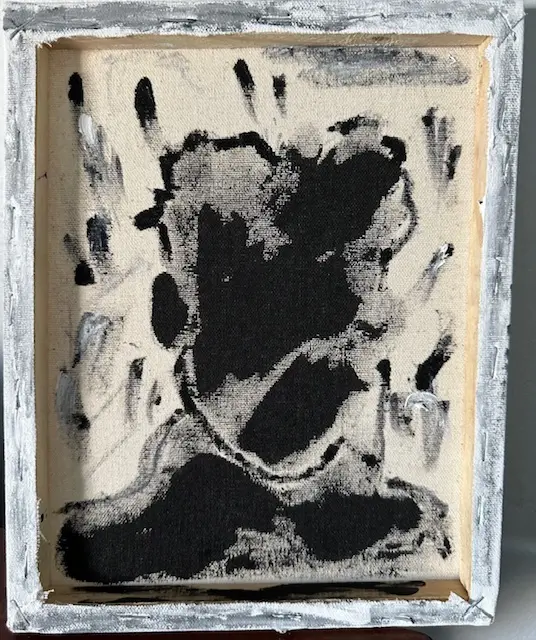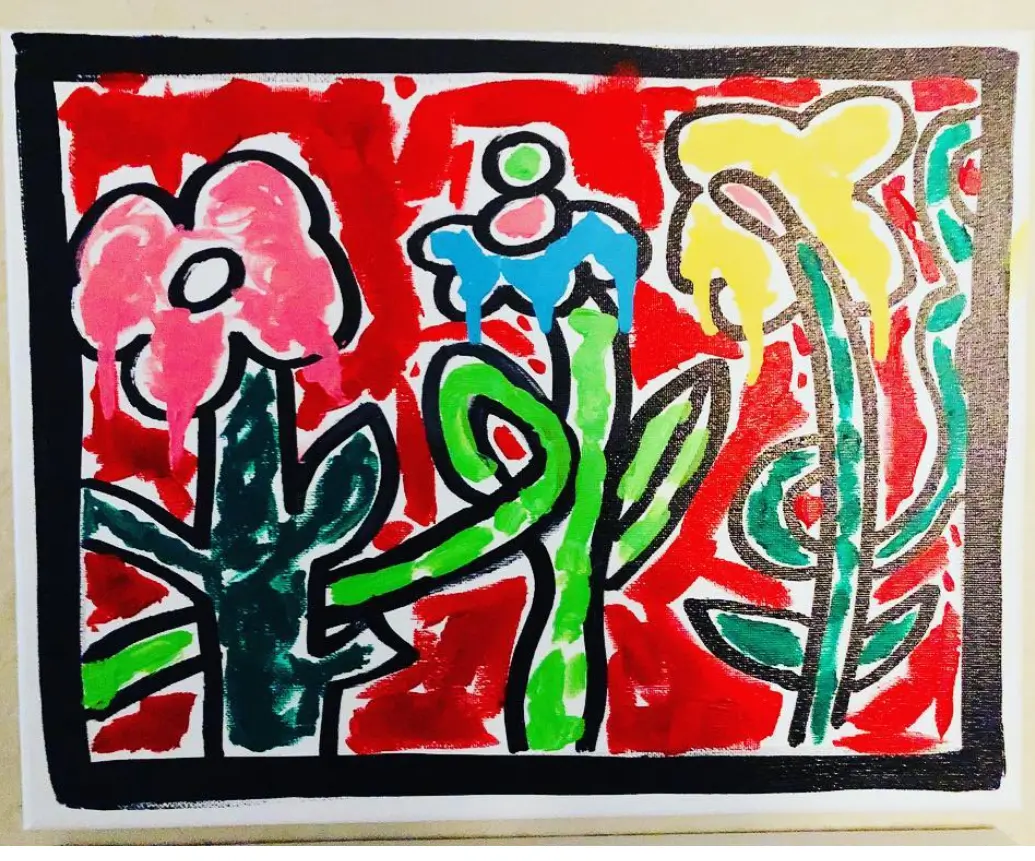What Is The Best Way To Sell Art Online and Get Exposure?
As an artist, getting exposure and sales are two essential factors in achieving success. Selling art in a gallery is a traditional way for artists to showcase their works to a broader audience and generate sales. However, in the age of the internet, social media platforms like YouTube, TikTok, and Instagram – to name a few, have emerged as alternative avenues for artists to promote their works and gain exposure. In this article, we will examine the advantages and disadvantages of selling art in a gallery and using social media platforms like YouTube to get sales and exposure.
Selling art in a gallery has been the preferred method for artists to sell their works for centuries. Galleries provide a space for artists to showcase their works to a diverse audience of art lovers, collectors, and curators.
Additionally, galleries have established relationships with buyers and can facilitate sales. Moreover, galleries often host exhibitions and events, which can attract art enthusiasts who may not have discovered an artist’s work
The art world has long been a hub of creativity and inspiration for artists worldwide. From classical paintings to contemporary installations, artists have a plethora of mediums to express themselves and showcase their skills.
However, the challenge lies in finding the right platform to get exposure and generate sales. In this article, we will explore two avenues for artists to showcase their works and attract buyers: selling art in a gallery and using social media platforms like YouTube to get sales and exposure.
Selling Art in a Gallery: The Classic Way
Selling art in a gallery is a time-tested and classic way for artists to showcase their works to a broader audience. Galleries provide a professional space to display an artist’s work, and they can also help to create a buzz around a particular artist or exhibition. Additionally, galleries have established relationships with collectors, curators, and art enthusiasts, which can lead to sales and future opportunities for artists.
One of the benefits of selling art in a gallery is that it provides an opportunity for artists to network with other artists and industry professionals. Galleries often host exhibitions and events, which can draw a diverse crowd of art enthusiasts, critics, and buyers. This presents a unique opportunity for artists to meet people who are interested in their work and build relationships that could lead to future collaborations or sales.
Another benefit of selling art in a gallery is that it can give artists credibility and validation in the eyes of potential buyers. Galleries typically have a rigorous selection process for the artists they represent, so being selected to exhibit in a gallery can be a significant achievement for artists. This can also lead to positive press coverage and exposure in the art world, which can further boost an artist’s reputation and help them to sell their work.
However, selling art in a gallery also has some downsides. One of the main challenges is that galleries typically take a commission on sales, which can be as high as 50{cd8bd5a9534d2db2fd4a0ff97ca56782c795d0f0e2a883fd0ece74057794f1db}. This means that artists may need to price their work higher to cover these costs, which could potentially deter buyers. Additionally, galleries often have strict guidelines on the type of work they will exhibit, so artists may need to create work specifically for a gallery rather than creating work that reflects their personal style and vision.
Using Social Media Platforms like YouTube, TikTok, Instagram: The Modern Way
Social media has revolutionized the way artists can promote their work and reach potential buyers. Platforms like YouTube have given artists the ability to showcase their work to a global audience, create their own brand, and interact with fans and buyers. One of the main benefits of using social media platforms like YouTube is that they are free to use, and artists can create and share their content at their own pace.
Another benefit of using social media platforms like YouTube is that they allow artists to have full control over their content and brand. Artists can create their own channels, curate their content, and build a following around their unique vision and style. Additionally, social media platforms allow artists to connect directly with fans and potential buyers, which can lead to sales and other opportunities.
Using social media platforms like YouTube can also be a way for artists to bypass the traditional gatekeepers of the art world, such as galleries and curators. By building a following on social media, artists can create their own opportunities, showcase their work to a diverse audience, and potentially sell their work without the need for a gallery or middleman.
However, using social media platforms like YouTube also has its downsides. One of the main challenges is that the art world is already saturated with content, and it can be challenging for artists to stand out and gain traction. Additionally, social media platforms have their own algorithms and may not help an artist stand out in a sea of people.
Apart from YouTube, other social media platforms like TikTok and Instagram have become increasingly popular among artists to showcase their work and attract buyers. TikTok, a social media platform known for its short-form videos, has become a popular way for artists to share their creative process and engage with their followers. Artists can use TikTok to create engaging videos that showcase their art, whether it is a time-lapse video of their painting process or a behind-the-scenes look at their studio. TikTok’s algorithm is designed to promote videos that are engaging and have a high level of interaction, making it an excellent platform for artists to reach a wider audience and potentially go viral.
Instagram, on the other hand, has become a staple social media platform for artists to showcase their work and build a following. Artists can create an Instagram profile specifically for their art, where they can post photos of their work, share their process, and engage with their followers. Instagram’s visual nature makes it an ideal platform for artists to showcase their work and gain exposure. Additionally, artists can use Instagram’s features like hashtags and stories to reach a wider audience and connect with potential buyers.
One of the benefits of using social media platforms like TikTok and Instagram is that they provide an opportunity for artists to connect directly with their followers and potential buyers. These platforms allow artists to engage with their audience, answer questions, and provide insights into their creative process. This creates a sense of community around the artist and their work, which can lead to loyal followers and potential buyers.
Social media platforms like TikTok and Instagram provide artists with a chance to experiment with their art and reach new audiences. These platforms offer a level of freedom that galleries and other traditional art venues may not provide. Artists can experiment with new styles, showcase their personality, and connect with their audience in a way that feels authentic and personal.
Keep in mind, using social media platforms like TikTok and Instagram also has its downsides. One of the main challenges is that these platforms are highly saturated, and it can be challenging for artists to stand out and gain traction. Also, social media algorithms are constantly changing, making it difficult for artists to keep up and maintain their visibility. And one last thing to remember, social media platforms are not curated like galleries, which means that artists may need to deal with negative feedback or trolling. You’ll probably need a thick skin if you’re using social media, something everybody now knows in today’s world.
Final Words
Both selling art in a gallery and using social media platforms like YouTube, TikTok, and Instagram are excellent ways for artists to showcase their work and attract buyers. Selling art in a gallery provides artists with the opportunity to network with industry professionals, gain credibility, and potentially sell their work through established relationships.
Using social media platforms like YouTube, TikTok, and Instagram provides artists with full control over their brand, the ability to connect directly with their audience, and the opportunity to experiment with their work.
Ultimately, the choice between selling art in a gallery or using social media platforms depends on an artist’s goals, style, and audience. Artists may choose to utilize both avenues to maximize their exposure and reach as many potential buyers as possible. Regardless of the platform, the most important thing for artists is to stay true to their vision and create work that resonates with them and their audience.







